Electric wheelchairs provide invaluable support and freedom for individuals with limited mobility, offering the ability to move independently and enjoy daily activities. However, navigating urban environments with an electric wheelchair presents unique challenges. City streets, crowded public transportation, and inaccessible spaces can create barriers for electric wheelchair users. In this blog post, we’ll discuss the difficulties urban areas pose for electric wheelchair users and offer solutions to help make city living easier and more accessible.
1. Challenges of City Streets
Urban streets are often bustling with cars, pedestrians, cyclists, and street furniture, which can be difficult to navigate, especially for electric wheelchair users. Uneven sidewalks, curbs, and obstacles like potholes or construction can make it hard to get around smoothly.
Solutions for Navigating City Streets:
- Proper Planning: One of the best ways to avoid difficulties is to plan routes in advance. Many cities now have apps or online maps that show accessible paths and routes that avoid obstacles.
- Upgraded Wheelchairs: Modern electric wheelchairs, especially models designed for urban mobility, often come equipped with all-terrain tires and suspension systems that provide a smoother ride on uneven surfaces.
- Wheelchair Ramps: Always look for curbs with wheelchair ramps. In cities with poor curb accessibility, advocating for more accessible infrastructure can be a long-term solution.
- Use of Accessible Pedestrian Signals: These signals help provide a safer crossing experience at intersections. Many cities are upgrading their pedestrian crossings to ensure better accessibility.

2. Navigating Crowded Sidewalks
In urban areas, sidewalks can often be crowded, making it challenging for electric wheelchair users to maneuver around pedestrians, street vendors, and other obstacles. This can be especially difficult during peak hours when the streets are busier.
Solutions for Crowded Sidewalks:
- Smaller and More Compact Wheelchairs: Compact and lightweight electric wheelchairs offer better maneuverability in tight spaces. Look for models that are specifically designed for narrow spaces and can make tight turns easily.
- Use of Designated Paths: Many cities are beginning to designate specific paths for pedestrians and those with mobility aids. These designated paths help reduce the risk of collisions and make navigating crowded areas easier.
- Sidewalk Etiquette and Awareness: Educating the public about respecting pedestrian and mobility-friendly zones can help ease the difficulties of crowded sidewalks. In some cities, public awareness campaigns highlight the importance of maintaining clear walkways for those with disabilities.
3. Public Transportation Accessibility
Public transportation systems in cities can often be a major hurdle for electric wheelchair users. Buses, trains, and subways are not always fully accessible, and there may be limited space for electric wheelchairs.
Solutions for Public Transportation:
- Accessible Transportation Options: Many modern buses and trains are now designed with accessibility in mind, featuring low floors, wider doors, and ramps or lifts. Look for public transport systems that advertise wheelchair accessibility.
- Request Assistance: Some transit systems offer assistance for those with mobility aids. If your city offers this, don’t hesitate to call ahead or ask for help boarding or disembarking.
- Accessible Taxis and Ride-Sharing Services: In many urban areas, ride-sharing services like Uber and Lyft offer vehicles that are wheelchair accessible. Some cities also have dedicated accessible taxi services.
- Mobility Scooter and Electric Wheelchair Adaptations: Certain electric wheelchairs and mobility scooters are specifically designed for use on public transport. Look for models that can be folded or made compact for easy boarding and storage on buses or trains.

4. Finding Accessible Spaces
Another significant challenge in urban areas is finding accessible spaces, whether it's an accessible bathroom, elevator, or just an area to rest. Some buildings and spaces are not equipped with necessary accessibility features.
Solutions for Finding Accessible Spaces:
- Use of Accessibility Apps: Many cities now offer apps that show the location of accessible spaces, bathrooms, parking spots, and more. These apps can help users easily navigate urban areas and find suitable locations.
- Advocating for More Accessible Infrastructure: Cities are increasingly adopting universal design principles in new buildings and renovations, which includes creating spaces that are accessible to people using mobility devices.
- Pre-Trip Planning: Before heading out, consider researching restaurants, stores, or other venues for their accessibility features. Many websites and review platforms provide accessibility information.
5. General Tips for Urban Electric Wheelchair Users
- Battery Life: City travel can be demanding on your wheelchair’s battery, especially if you're covering long distances. Ensure your electric wheelchair has a long enough battery life for your planned journey, and always carry a portable charger or spare battery if possible.
- Weather Protection: Urban streets can be affected by rain, snow, or extreme heat. Make sure your electric wheelchair is weatherproof and that you have the necessary gear (like waterproof covers) to protect your wheelchair and yourself during adverse weather.
- Security: In some urban areas, electric wheelchairs are valuable items that could be targeted for theft. Always ensure that your wheelchair is securely locked when not in use, especially in public places.
Conclusion
Navigating urban areas with an electric wheelchair can pose unique challenges, but with the right tools, planning, and mindset, it’s entirely possible to enjoy the freedom of mobility. Whether you’re maneuvering busy sidewalks, using public transport, or finding accessible spaces, there are solutions that can make urban living much more accessible for electric wheelchair users.
At Paiseec, we provide electric wheelchairs that are specifically designed for urban mobility, with features that make navigating city streets easier and more comfortable. If you're ready to make your urban mobility more independent and enjoyable, check out our range of electric wheelchairs and take the next step toward improved mobility.




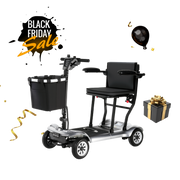



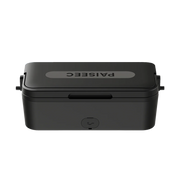
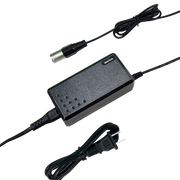

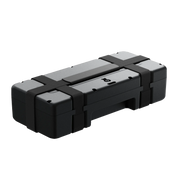
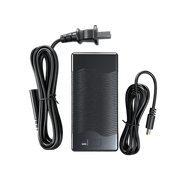

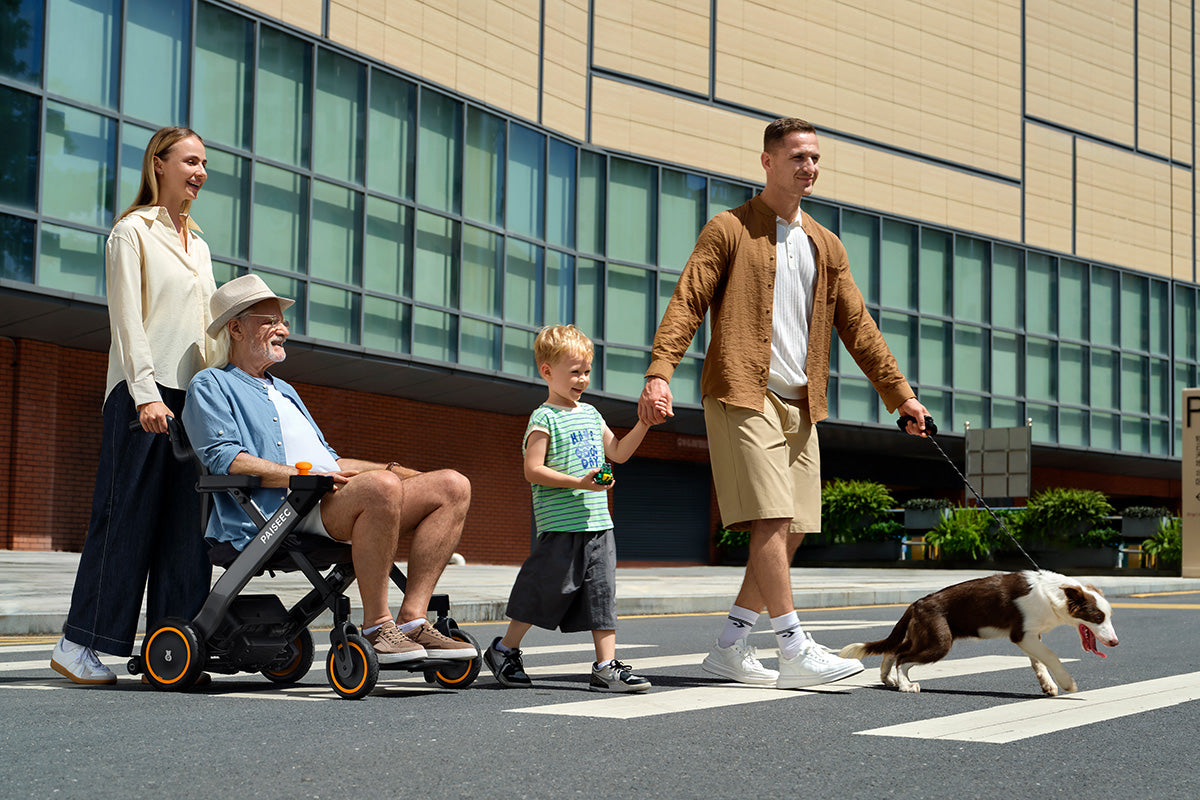
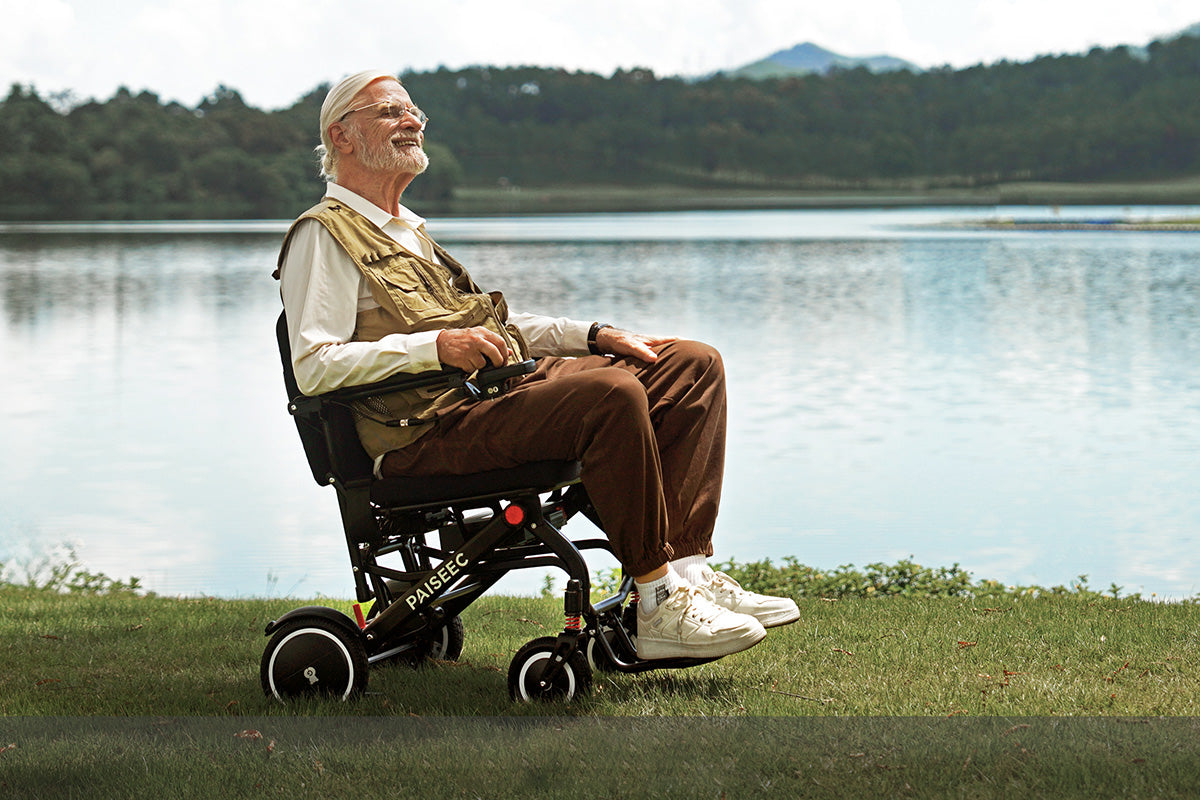
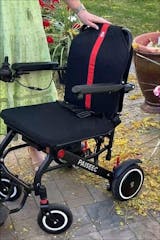
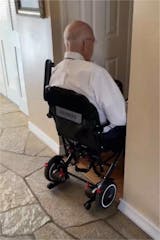




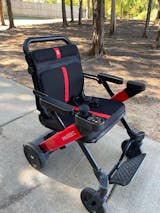
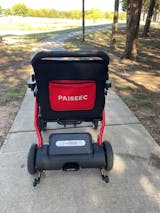


Leave a comment
This site is protected by hCaptcha and the hCaptcha Privacy Policy and Terms of Service apply.